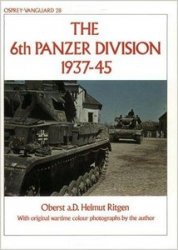In 1870 France had suffered a devastating defeat at the hands of German invaders. The residual humiliation helped to convince the French Army that when the chance came, the army must attack with dll the strength, zeal, and blind fury that could be mustered. And this

Is exactly the spirit in which France went to war in 1914. In their brightly colored uniforms, they charged forward into machine-gun fire and acres of barbed wire. The terrible casualties that France suffered that year, and continued to suffer because the Allied generals continued to cry “charge,” finally convinced even the generals that the new weapons had made offensive warfare suicidal and that the art of fortified defense must be fully exploited.
After the First World War, the French Army remembered the elaborate underground shelters from which the Germans had emerged to decimate the Allied attacks. The Germans, for their part, remembered the tanks that had several times brought the Allies close to victory. And so the French and German armies gave their priorities to different weapons. But once again the French were one war behind the times.
The Germans—like any defeated army—searched their souls to find the reasons for failure. The Allies preferred to believe that their eventual victory in 1918 proved that their methods were satisfactory. So the changes in German theory were radical, but the French changes were only in emphasis.
No man is in a hurry to conclude that the skills and knowledge to which he has devoted a lifetime are obsolete. During four years of war on the Western Front, generals had become expert at the technique of attack and counterattack in localized conditions. Complex staff work was required to concentrate near the front line the men, food, and equipment necessary for an assault. The artillery preparation alone required immense dumps of shells, and bombardment before attacks often went on for days. After it, the infantrymen, each carrying 60 pounds of equipment, and keeping to rigidly prescribed intervals, marched through mud churned by artillery shells headlong into devastating machine-gun fire. If, by sheer weight of numbers, there was a breakthrough, both sides had the same formula for containment. Thinly spread reserves were used to “seal off” the breakthrough region. Patrols were sent forward to discover the exact dispositions of the enemy. Then the opposing general staff began building up supplies for a counterattack. This First World War formula provided the method by which the French command attempted to deal with the German blitzkrieg—lightning war—of 1940.




 World History
World History









